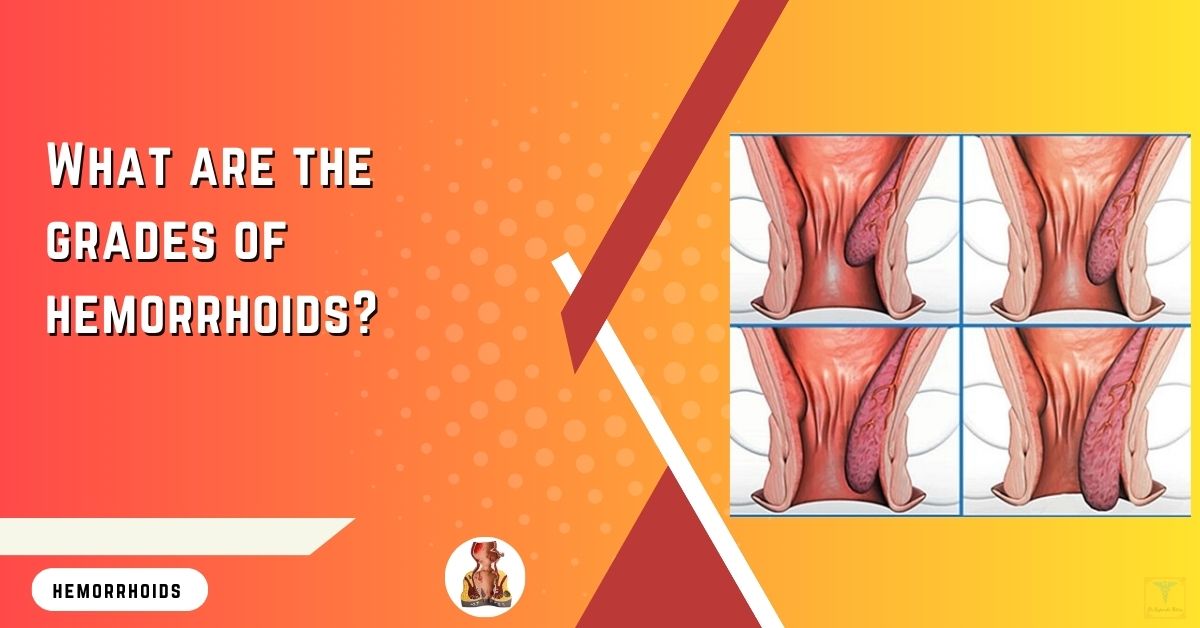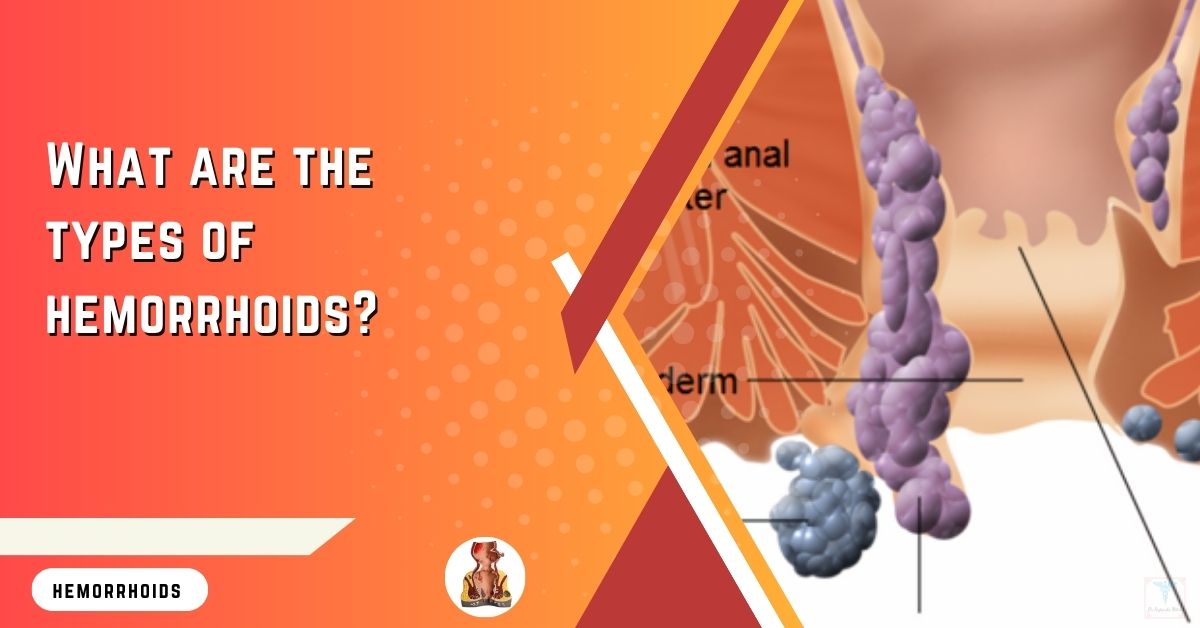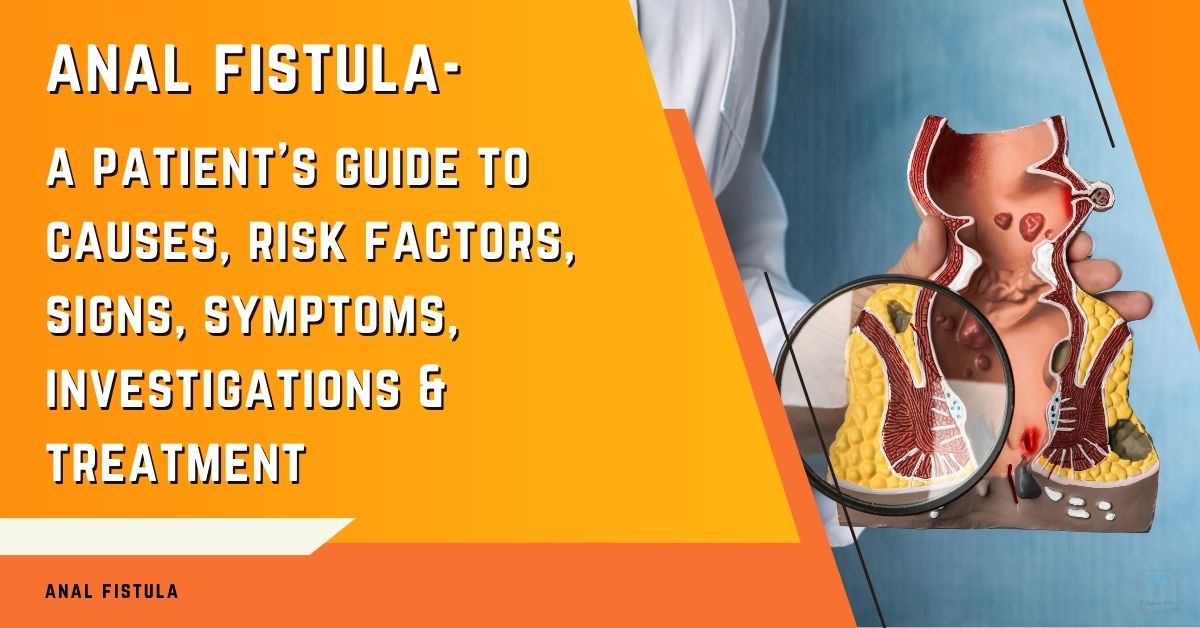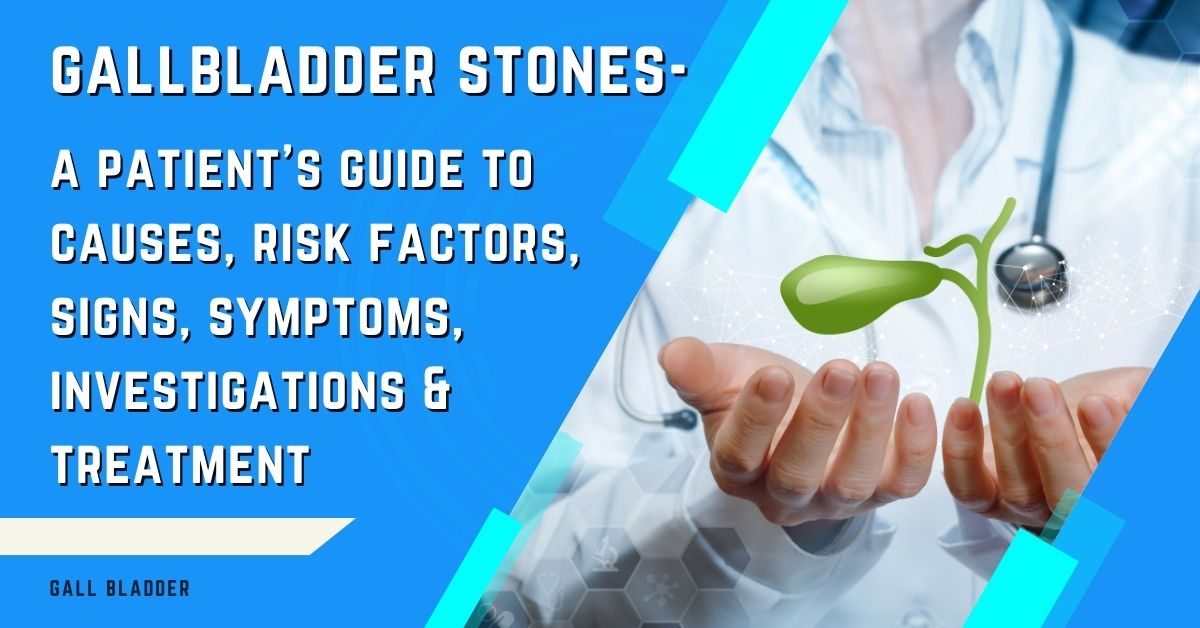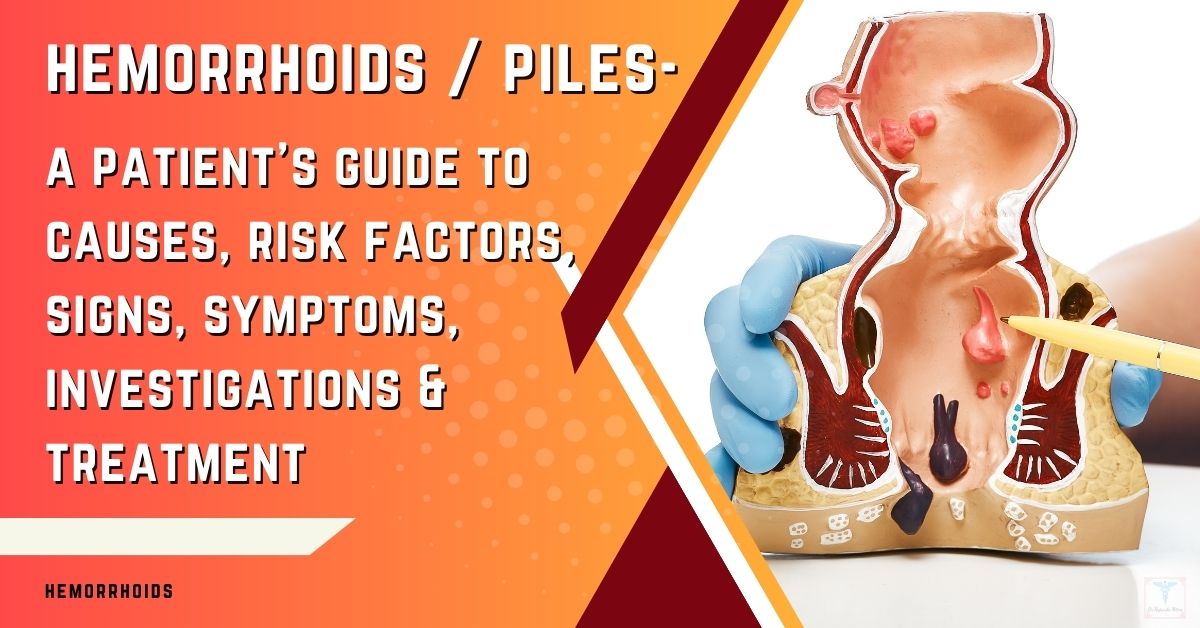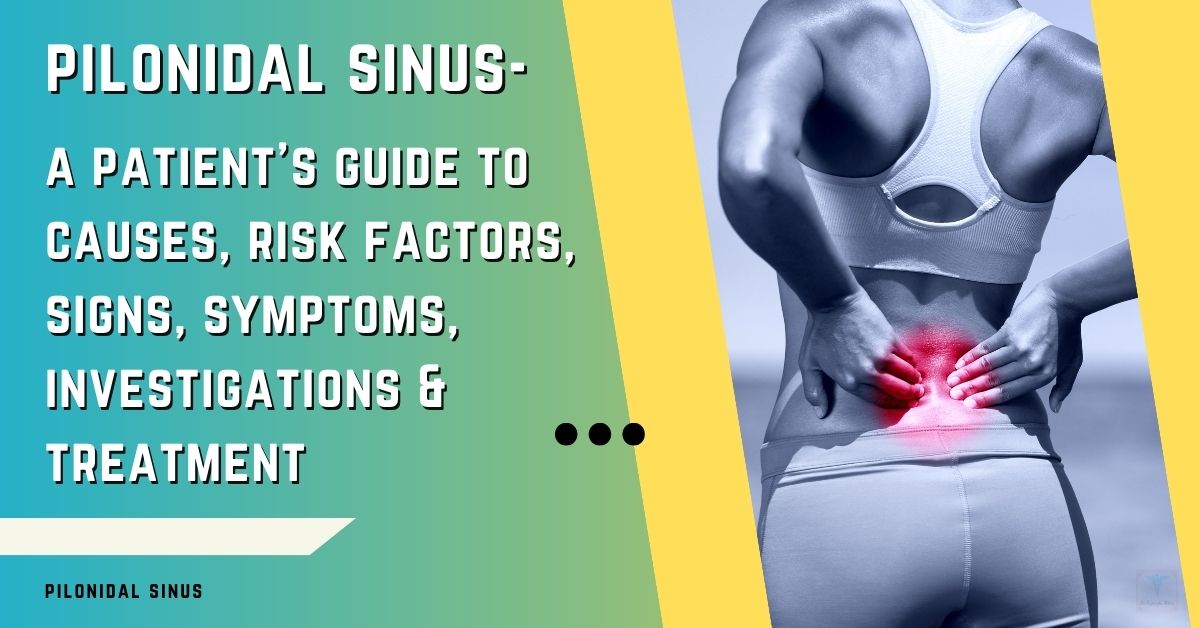Hemorrhoids are classified into different grades depending on their severity, size, and degree of prolapse. Identifying the grades of hemorrhoids is important for determining the appropriate treatment approach.
This guide will provide an overview of the four grades of internal hemorrhoids and explain their distinguishing characteristics. Understanding the grading system can help you evaluate your symptoms and find the right solutions.
Grades of Hemorrhoids: Quick facts
- Grade 1: Do not prolapse; mild bleeding.
- Grade 2: Prolapse during bowel movements but retract; itching, pain.
- Grade 3: Require manual reduction after prolapsing.
- Grade 4: Permanently prolapsed outside the anus.
- Higher grades are caused by prolonged straining and constipation.
- Lower grades respond to conservative measures.
- Advanced grades often need office procedures or surgery.
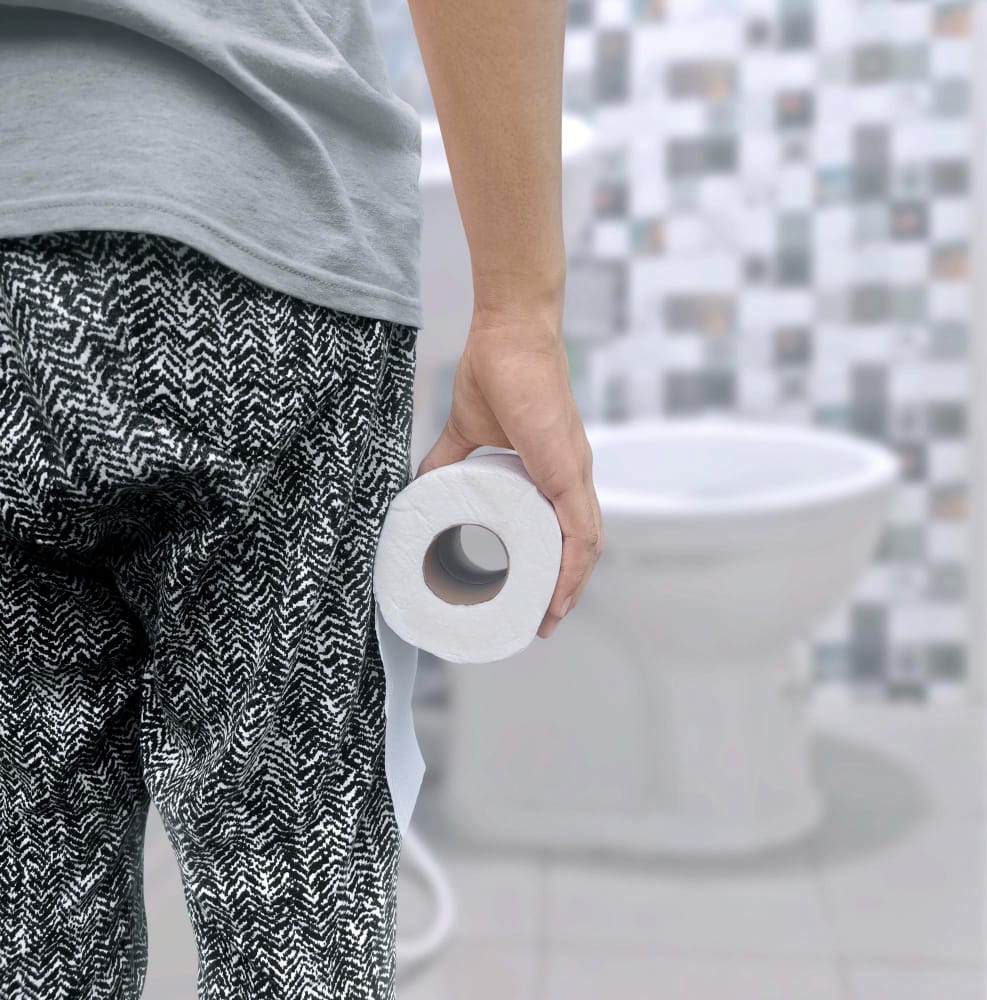
What are Grade 1 Hemorrhoids?
Grade 1 is the least severe type of hemorrhoid. They do not protrude out of the anus at all so they cannot be seen or felt.
The only symptom is typically mild bleeding from the rectum and blood on the toilet paper and in the toilet bowl. Grade 1 hemorrhoids may bleed when irritated by passing stool but do not cause pain or discomfort.
What Causes Grade 1 Hemorrhoids?
Grade 1 hemorrhoids are often caused by low-grade chronic constipation and straining during bowel movements.
This exerts pressure on the delicate rectal veins, leading them to abnormally swell and become inflamed. Poor muscle tone in the anal canal and genetics can also play a role in their development.
How are Grade 1 Hemorrhoids Treated?
Given the mild nature of grade 1 hemorrhoids, conservative at-home treatments are usually recommended first.
This includes increasing dietary fiber, staying hydrated, exercising, using over-the-counter topical ointments, and taking warm sitz baths. If these do not reduce the bleeding, office-based procedures like rubber band ligation may be considered.
What are Grade 2 Hemorrhoids?
Grade 2 hemorrhoids are larger and prolapse out of the anus during bowel movements before retracting back inside. You may feel a lump pass through the anus followed by a reduction in size.
Grade 2 hemorrhoids can bleed and itch, and many people report a feeling of fullness, discomfort or pressure in the anal area.
What Causes Grade 2 Hemorrhoids?
Increased straining due to constipation typically causes grade 2 hemorrhoids as the pressure forces internal rectal tissue to protrude outside the anus.
Chronic diarrhea and lack of fiber can also lead to prolapse by irritating the hemorrhoidal veins.
How are Grade 2 Hemorrhoids Treated?
Initial treatment involves dietary modifications, stool softeners, warm baths, topical ointments, and sometimes supplements like flavonoids to reduce inflammation.
If these are ineffective, office-based rubber band ligation is commonly used to cut off blood flow so the hemorrhoids shrink and fall off.
What are Grade 3 Hemorrhoids?
Grade 3 hemorrhoids prolapse through the anus during bowel movements or exertion but do not retract on their own.
They must be gently pushed back inside using a finger. They are prone to bleeding and cause feelings of fullness, pressure, discomfort, and irritation.
What Causes Grade 3 Hemorrhoids?
The prolonged straining of constipation and repeated trauma to the hemorrhoidal tissue typically cause them to enlarge and prolapse to this degree.
Lack of rectal muscle tone and deteriorating tissues increase the risk. Genetics, obesity, and aging can also contribute.
How are Grade 3 Hemorrhoids Treated?
Treatment starts with conservative measures, but most patients require office-based fixes like rubber band ligation, infrared coagulation, sclerotherapy, or cryosurgery which apply varying techniques to cut off blood flow to shrink the hemorrhoids.
What are Grade 4 Hemorrhoids?
Grade 4 hemorrhoids are the most severe type. They chronically prolapse out of the anal canal and remain that way permanently.
The prolapsed hemorrhoidal tissue becomes extremely irritated and inflamed. Grade 4 hemorrhoids can develop blood clots and cause debilitating pain.
What Causes Grade 4 Hemorrhoids?
They typically result after years of untreated straining and constipation progressively damage the hemorrhoidal cushions.
Weakened rectal and anal muscles also contribute. Elderly populations are at the highest risk due to deteriorating tissues.
How are Grade 4 Hemorrhoids Treated?
Aggressive at-home treatments may be attempted but grade 4 hemorrhoids often require surgical procedures like hemorrhoidectomy or hemorrhoidopexy to remove or reposition the hemorrhoidal tissue.
Final Note From Dr. Rajarshi Mitra
Identifying your specific hemorrhoid grade will allow for pursuing the most appropriate, effective treatment approach.
I hope overviewing the grading system has helped better evaluate your symptoms and guide you toward finding relief. Please let me know if you need any clarification or have additional questions!

